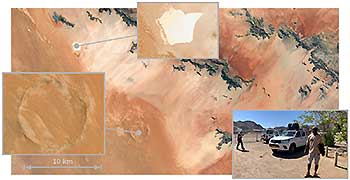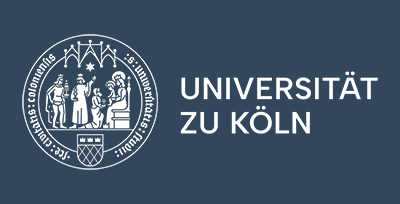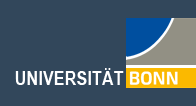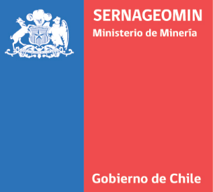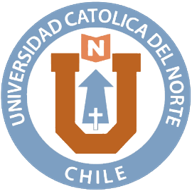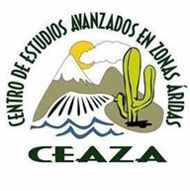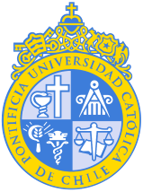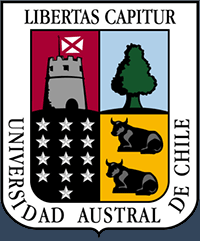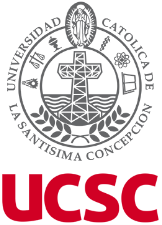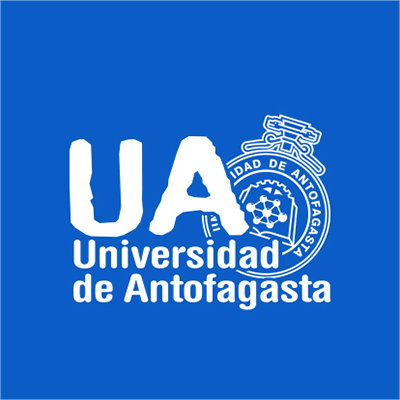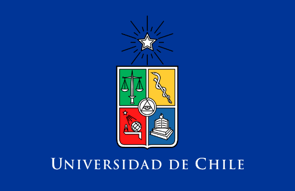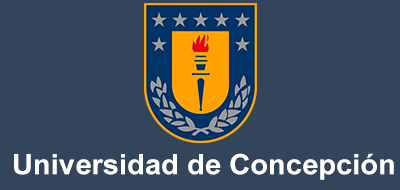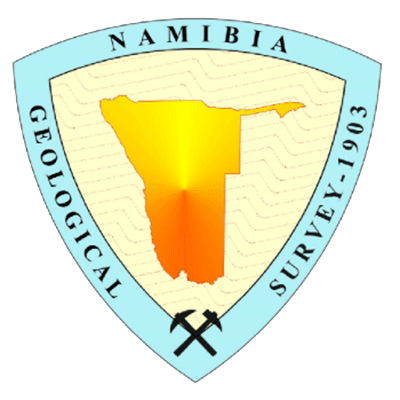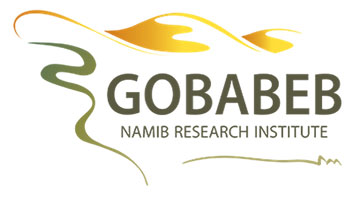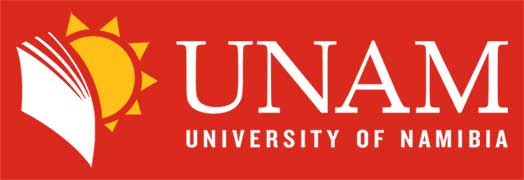After more than one year of intense preparations and extensive delays, we are finally taking off to the Roter Kamm. The 4-5 million year old impact crater and the Aurus clay pan close by are located in Southern Namibia inside the Sperrgebiet – one of the most remote places on earth.
We are a large team of 15 members from the Institute of Geology and Mineralogy, the institute of Geophysics and Meteorology in Cologne (A02/D07), our colleagues from the TUBAF in Freiberg plus our collaborators from the Geological Survey and the University of Namibia. For 22 days we will be living close to the Roter Kamm, cooking on fire and gas, sleeping in tents and working outside.
The extensive geophysical survey required us to ship roughly 1.6T and 6 cube-meter equipment from Cologne and the GFZ-Potsdam to Windhoek. We are using a bunch of different geophysical methods to optimally explore the Roter Kamm and the Aurus Clay Pan from shallow depth of ~5 m down to ~ 600 m. Two electromagnetic methods (TEM, AMT) and reflection/refraction Seismics shall provide sufficient depth and spatial resolution. All methods are capable of identifying sedimentary thickness and architecture, though each method has different strengths. Seismics is superior in resolving internal sedimentary structures, wheras TEM and AMT have a superior and large investigation depth. Besides, we are going to core the upper most few meters on both sites to investigate specific sediment composition and subrecnt sedimentation rates.
The geophysical and geological data shall reveal the potential of both sites for deep drilling operations in the 3rd CRC phase to shed new light on long term Cenozoic climate development of the Namib desert.



